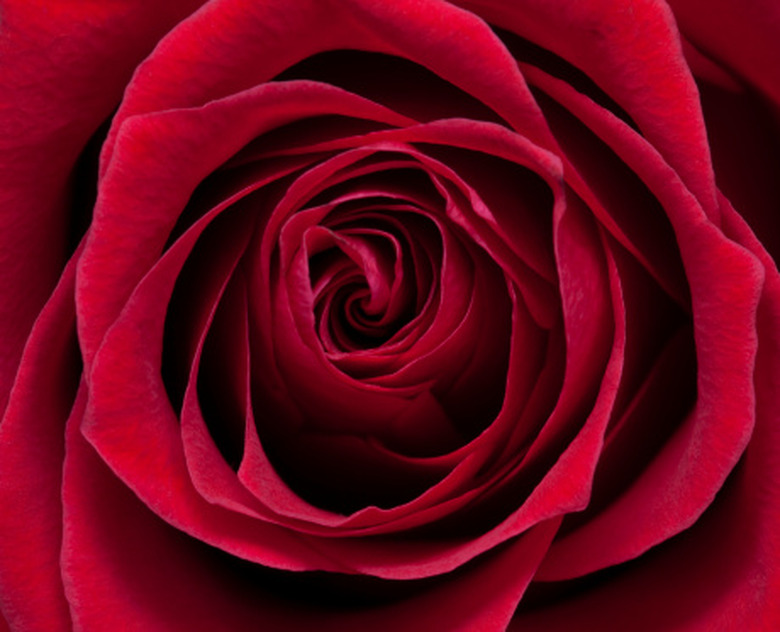Plants That Have Ink Properties
Can you make ink from plants? For hundreds of years, plants have been used to color inks and to dye textiles in both commercial and domestic settings. The first known inks appeared in China in the 23rd century B.C., and do-it-yourself recipes for using plant extracts as alternative ink were still being published centuries later, in books such as The Household Cyclopedia of General Information, published in 1881. Today, plants with ink properties are used by hobbyists to make ink for pens, and plant extracts are used to color natural fibers like cotton, wool and silk for making clothing. Natural plant dyes can even be used to color Easter eggs and add streaks of color to your hair!
Plants for Coloring
Plants for Coloring
A variety of plant parts are used to produce inks and dyes – everything from roots and nuts to flowers and berries. The colors produced by plant extracts are generally softer, more subtle and more natural looking than synthetic colorants.
According to the University of Florida, it's easier to find plants to make warm colors like reds, oranges and yellows than it is to make cool colors like blue and purple. This is because warm colors occur more regularly in nature. With so much greenery growing on the planet, there are many plant parts that can be used to make green dyes.
When coloring with plant extracts, a special additive called a mordant is needed. Mordants are chemical compounds that help to set or fix the dye in the fiber, and the combination of plant extract and mordant used will determine the final color of the fiber. Materials like salt, vinegar and alum can be used as mordants.
Reds, Oranges and Yellows
Reds, Oranges and Yellows
The use of hibiscus, sometimes called gumamela, as an alternative ink or dye is popular and well documented. There are many recipes for using the petals of hibiscus flowers to make red or pink ink – and the flower is also used as a natural hair colorant.
Other common plant extracts used to make red colorants are beet roots, pokeweed fruits, red onion skins and sycamore bark. To make orange dyes, use things like carrot roots, lilac twigs, yellow onion skins and sassafras leaves. Yellow colorants can be produced with plant parts like celery leaves, dandelion flowers, goldenrod flowers and tea leaves, according to Pioneer Thinking.
The particular hue of color produced will be affected by the mordant used to set the dye. For example, yellow onion skins will make a true yellow color when fixed with alum, but the finished color of onion skins combined with chrome as a mordant will be more like the color of brass.
Blues, Purples and Greens
Blues, Purples and Greens
It can be more challenging to make inks and dyes that are blue and purple, but plant extracts used for these colors include red cabbage, blueberries, elderberries, grapes, indigo leaves and hyacinth flowers. Many of the materials used to produce blue and purple are berries, and colorants made from berries fade the most over time.
Green is easy to find in the plant world, and plants used to make verdant hues include kale, spinach, parsley and carrot tops. Chamomile leaves, grass, lilac flowers and snapdragons can also be used to produce shades of green.
A Word of Caution
A Word of Caution
It's best to avoid working with toxic plants, as there are so many other species to choose when using plant extract as alternative ink. Research plants before harvesting them, and be sure to also avoid picking endangered or protected varieties. Only harvest plants from your own land or with the permission of the owners of the property.
It's fun to play with using plants as natural inks and dyes, and you may be surprised by the color produced by certain combinations of plants, mordants and fibers. It may take some experimentation to create the specific hue you're looking for, so be patient and don't be afraid to try again if your first attempt turns out orange instead of red!
Cite This Article
MLA
Sloane, Christina. "Plants That Have Ink Properties" sciencing.com, https://www.sciencing.com/plants-that-have-ink-properties-13428086/. 30 September 2021.
APA
Sloane, Christina. (2021, September 30). Plants That Have Ink Properties. sciencing.com. Retrieved from https://www.sciencing.com/plants-that-have-ink-properties-13428086/
Chicago
Sloane, Christina. Plants That Have Ink Properties last modified March 24, 2022. https://www.sciencing.com/plants-that-have-ink-properties-13428086/
